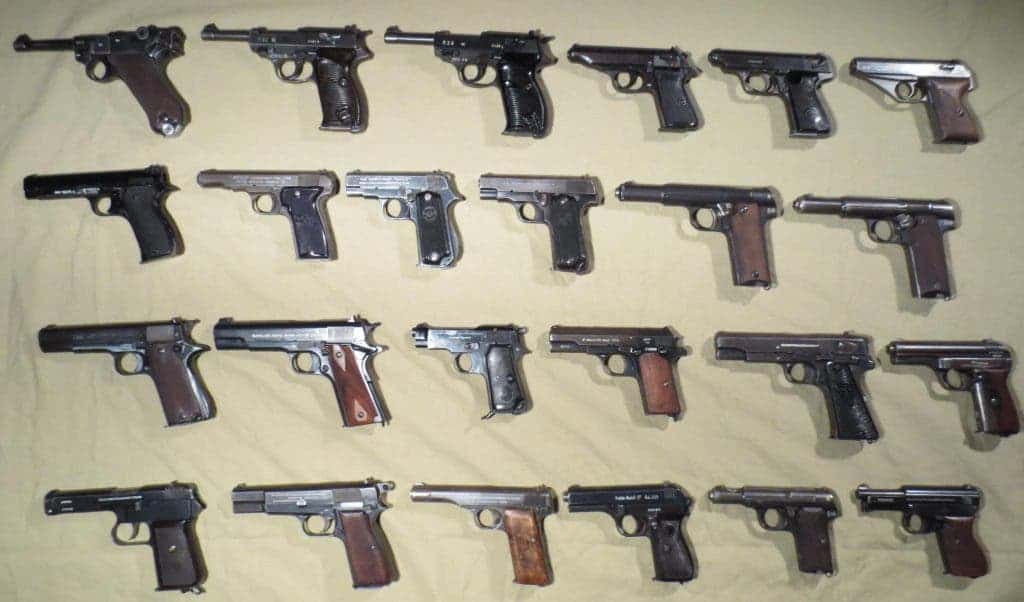
WWII was the largest conflict known to mankind, responsible for 50 to 80 million fatalities, involving most of the countries in the world. Historians are still fascinated by this tragic event to this day, and while we here at ZME Science are not big gun fans nor do we support technology that’s built to kill, we feel that this is already an important piece of history, and it’s interesting to have a look at what guns were used 70 years ago. So, here goes:
勃朗寧 M1900 (Browning Model 1900) – Republic of China
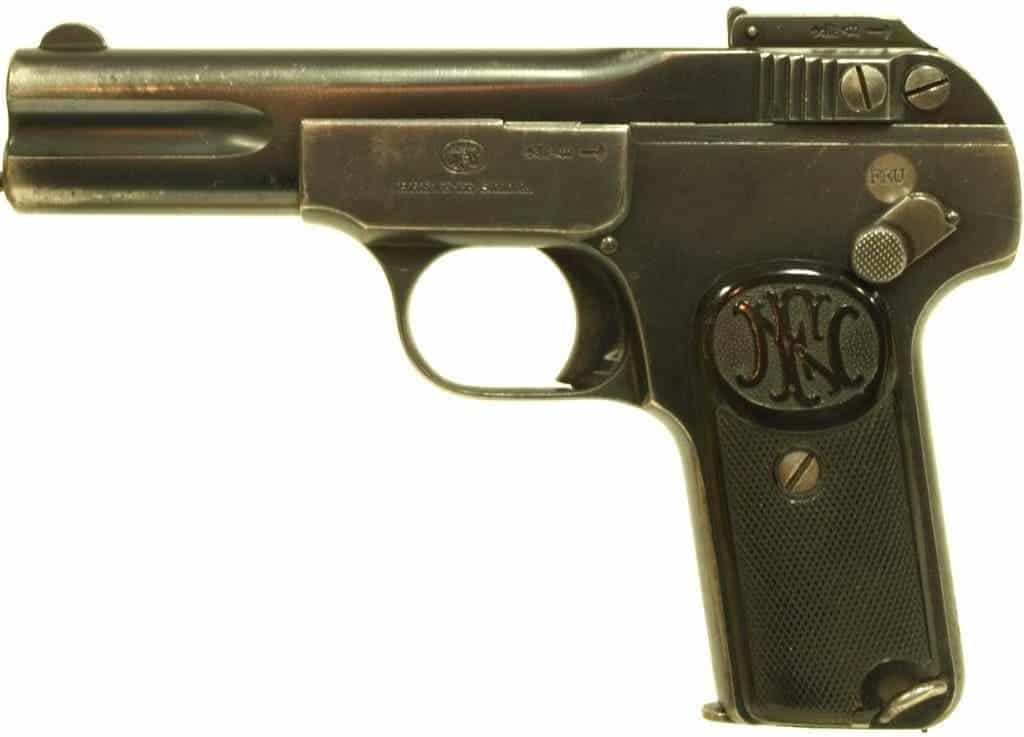
The FN Browning M1900 is a single action, semi-automatic pistol designed ca. 1896 by John Browning for Fabrique Nationale de Herstal (FN) and produced in Belgium at the turn of the century. It was the first production handgun to use a slide. While the 1911 was a descendent of his Colt Model 1900, this is a copy of his FN Model 1900.
From the early 1920s, Chinese arsenals began copying the weapon and selling it to both soldiers and local warlords, with a great majority of these copies having the same serial number: 126063. English and Belgian markings were applied to give a sense of quality to illiterate or at least non-English-speaking customers.
Today, you can definitely find some of these around, but they’re almost certainly worn to the point where I wouldn’t recommend shooting them.
南部十四年式 (Nambu Type 14) – Empire of Japan
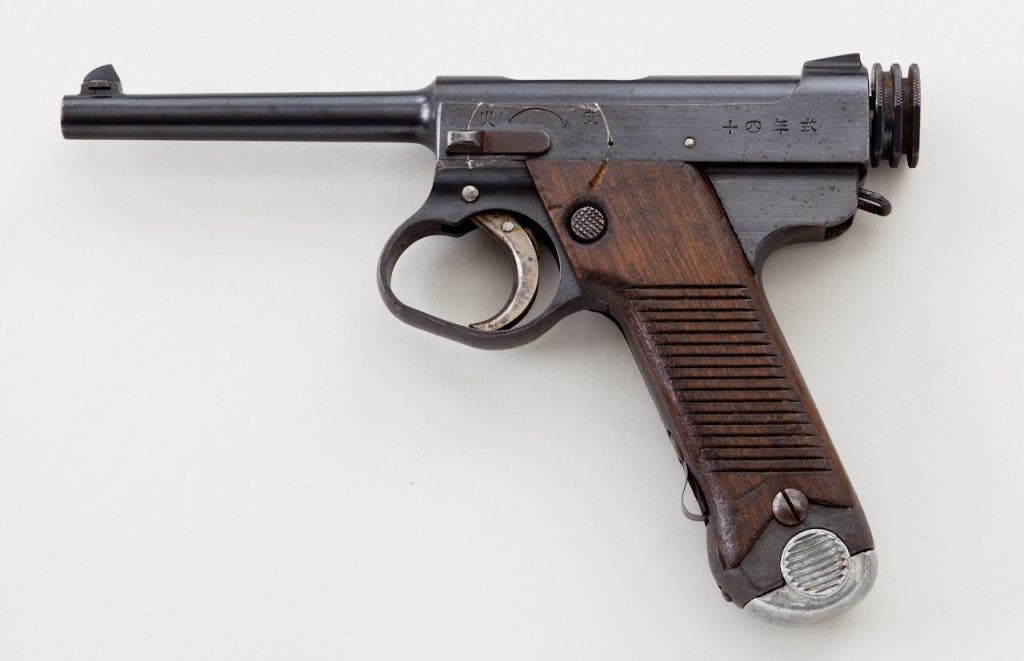
The Nambu pistol was a series of semi-automatic pistol produced by the Japanese company Koishikawa Arsenal later known as the Tokyo Artillery Arsenal, coming in five variants. Known in the U.S. as the “Papa Nambu,” this 8mm handgun was developed by 1904, but its design was so unnecessarily complicated that. But Papa Nambu had its lucky star.
The Great Kanto Earthquake changed the pistol’s fate when it destroyed much of the Koishikawa factory’s machining equipment and halted production of commercial models in 1923. But even as it became more popular, it was still riddled with problems, mostly with weak firing pins and springs. But despite all these issues, there was no push for a replacement, so the pistol served till the end of the War.
Modèle 1935 A – French Republic
The Pistolet automatique modèle 1935A was developed by a Swiss engineer and used by the French Army in several wars. It won the 1935–37 competition to produce the new French military sidearm. Official production started in 1937, and the pistol began delivery to the French Army in late 1939, with a total of about 10,700 pistols built before German forces occupied the SACM factory in the summer of 1940.
However, the implementation of the 1935A model took a while. The French were slow to update their automatic pistols after WWI due to a vast surplus of Spanish-made “Ruby” handguns. After production was implemented though, it lasted until 1950.
Walther Pistole 38 – Greater German Reich
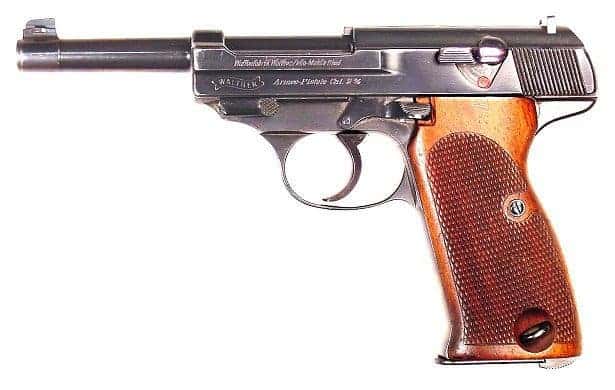
Of course, Germany’s pistol had to be the embodiment of quality and efficiency, but Germany’s rapid rearmament and expansion strained existing firearms production to its limit. Ultimately, the design was a major success, with over 1 million pistols being produced.
Back in the day, this was one of the most advanced pistols one could get, with a de-cocker and DA/SA trigger system. It was easy and safe to carry, and it was extremely easy to use. Soldiers would just load the pistol, chamber a round, and then depress the de-cocker, dropping the hammer safely.
Colt Model 1911A1 – United States of America
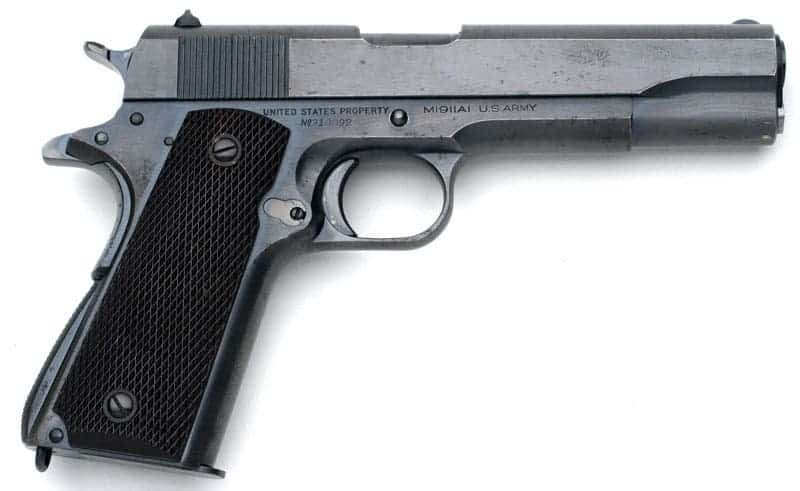
The classic Colt developed by John Browning served as the official pistol of the US military through the Vietnam War, and to this day, it is consistently used. The colt was truly a revolutionary model, introducing the concept of a tilting barrel whose top locks to the slide is still present in a majority of modern hand guns. This Colt model is widely regarded as the best pistol in history.
Among its most notable features was the straight-pull trigger that slides rearward, wrapping around both sides of the magazines. The initial Colts were constantly improved until a satisfying version was reached – the 1911A1. These changes included a wider front sight, a shorter trigger, simplified grips and a longer “beak” on the grip safety.
Beretta Modello 1934 – Kingdom of Italy
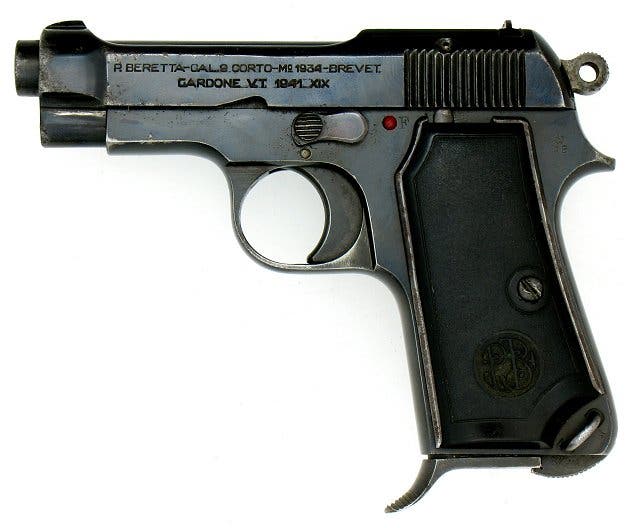
The Beretta Model 1934 is a compact, semi-automatic pistol which was issued as a standard service firearm to the Italian armed forces beginning in 1934. Pistols made during the Fascist Era are marked with their year of manufacture in two forms: the conventional Julian date in Arabic numerals and the date in the Fascist Era in Roman numerals. The Fascist calendar commenced in 1922, so a pistol from 1937 may carry either “XV” or “XVI” as its Fascist year.
The pistols were extremely popular with the Italian troops, who reportedly praised them continuously. Captured Beretta pistols were greatly appreciated by U.S. troops and led to great post-war commercial sales of the Model 1934 and respect for Italian handguns.
Tula-Tokarev Obraztsa 1933 – Union of Soviet Socialist Republics
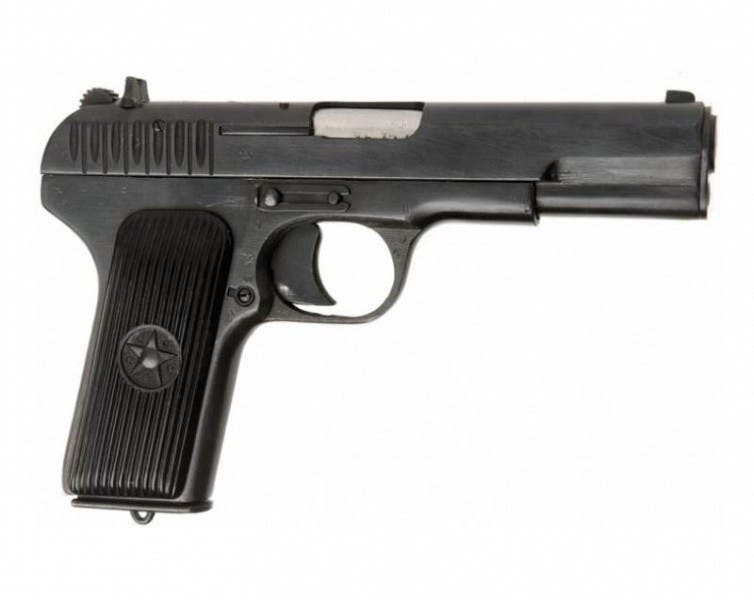
The Soviet TT-33 pistol is another descendent of the Model 1911. The model served officially until 1952, although unofficially, it went on even more.
It was one of the most reliable pistols at the time, and it was very sturdy, up to the point where it was almost impossible to damage it. Among other notable features, the feed lips were moved from the magazine into the frame and the hammer group was packaged together to make it easier to replace.
Webley Revolver Mark IV – United Kingdom
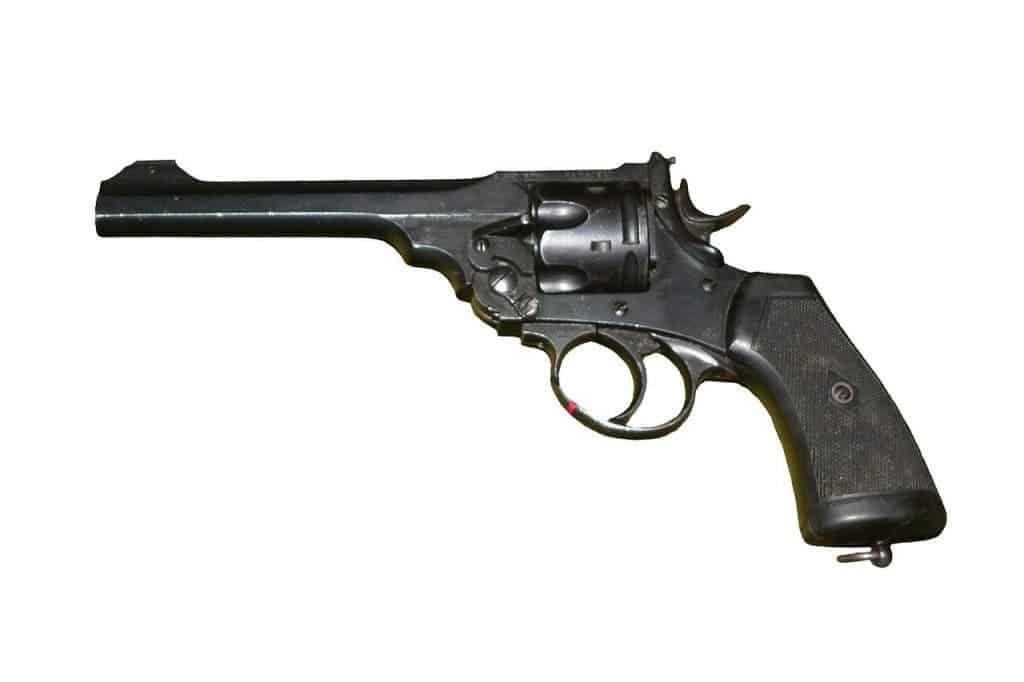
The Webley Revolver is another classic, being used, in various forms, from 1887 until 1963. The Webley is a top-break revolver with automatic extraction. That is, breaking the revolver open for reloading also operates the extractor. This removes the spent cartridges from the cylinder.
This gun definitely survived the test of time. Some 500,000 units were manufactured. Firing the large .455 Webley cartridge, Webley service revolvers are among the most powerful top-break revolvers ever produced. Although the .455 calibre Webley is no longer in military service, the .38/200 Webley Mk IV variant is still in use as a police sidearm in a number of countries.
Edit: Initially, this article was supposed to be a collaboration. Unfortunately, as it turns out, if you’re not “pro guns”, some people don’t want to collaborate with you. Alas, this article is about history, and not about the weapons.



